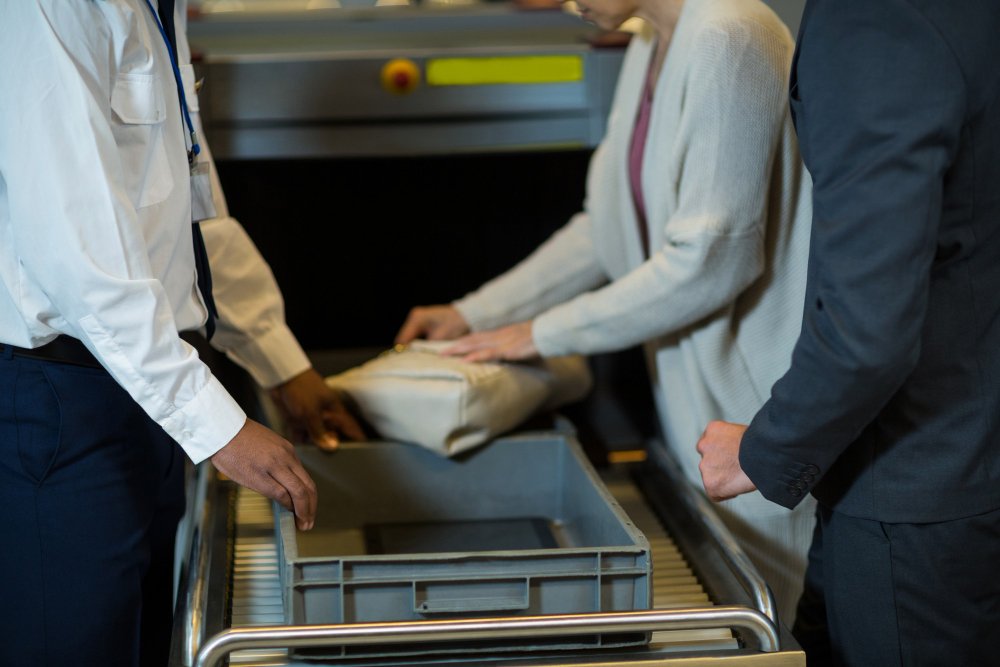Introduction
In today’s world, security is a top priority for venues that accommodate large crowds, such as theme parks and stadiums. While ensuring public safety is essential, there is also a need to maintain a seamless visitor experience. The implementation of baggage scanner in these high-traffic areas plays a crucial role in achieving this balance. This article explores how baggage scanners contribute to security and convenience, their technological advancements, and the challenges faced by venue operators in integrating them effectively.
The Need for Baggage Scanners in Theme Parks and Stadiums
Security Concerns
Theme parks and stadiums attract thousands of visitors daily, making them potential targets for security threats. Events such as concerts, sports games, and amusement park attractions draw large crowds, increasing the risk of unauthorized weapons, explosives, or other hazardous items being brought in. Implementing baggage scanners helps detect prohibited items efficiently, minimizing security risks.
Regulatory Compliance
Governments and security agencies worldwide have set stringent security measures for large venues. Installing baggage scanners ensures compliance with these regulations, reducing the liability of venue operators. Non-compliance can lead to hefty fines, reputational damage, and even closure in severe cases.
Balancing Security and Visitor Experience
Minimizing Entry Delays
One of the main challenges of using baggage scanners in theme parks and stadiums is avoiding long queues. Slow security checks can frustrate visitors and impact their overall experience. To address this, modern baggage scanners use advanced imaging and AI-driven threat detection to speed up the screening process, allowing visitors to enter efficiently without compromising safety.
Contactless and Touch-Free Screening
The COVID-19 pandemic has accelerated the adoption of contactless screening technologies. Advanced baggage scanners now offer touch-free scanning, reducing physical contact and improving hygiene standards. This feature not only enhances security but also aligns with public health guidelines, making visitors feel more comfortable.
Integration with Smart Ticketing and Crowd Management
Modern security systems integrate baggage scanners with smart ticketing and crowd management systems. When visitors pass through security, their ticketing data can be automatically verified, further streamlining the entry process. This interconnected approach enhances security efficiency while reducing wait times.
Technological Advancements in Baggage Scanners
AI-Powered Threat Detection
Artificial intelligence is revolutionizing baggage scanners by improving threat detection accuracy. AI algorithms analyze scanned images in real-time, differentiating between harmless objects and potential threats. This reduces false alarms and ensures security personnel can focus on actual risks.
Multi-View X-ray and 3D Imaging
Traditional baggage scanners relied on 2D X-ray images, but modern systems now feature multi-view X-ray and 3D imaging capabilities. These advancements provide clearer and more detailed images of bag contents, making it easier to identify suspicious items without manual bag checks.
High-Speed and Automated Screening
To accommodate high visitor volumes, many theme parks and stadiums have adopted high-speed baggage scanners capable of scanning multiple bags simultaneously. Automated threat detection and conveyer belt systems further improve efficiency, ensuring smooth security operations.
Challenges in Implementing Baggage Scanners
Cost of Installation and Maintenance
High-quality baggage scanners require significant investment. The cost of purchasing, installing, and maintaining these devices can be a financial challenge, especially for smaller venues. However, the long-term benefits of enhanced security and improved visitor experience often outweigh the initial expenses.
Training Security Personnel
Even with advanced baggage scanners, human oversight is necessary. Security staff must be trained to operate scanners, interpret scan results accurately, and handle security incidents effectively. Continuous training programs are essential to maintain high security standards.
Addressing Privacy Concerns
Some visitors may be concerned about their privacy when subjected to baggage scanning. Venue operators must ensure transparency about what data is collected, how it is used, and implement strict protocols to protect visitor privacy. Clear signage and communication help alleviate these concerns.
The Future of Baggage Scanners in Public Venues
Enhanced AI Integration
Future baggage scanners will feature even more sophisticated AI capabilities, allowing for quicker and more accurate threat detection with minimal human intervention. AI will continue to reduce false alarms and enhance security decision-making.
Biometric Integration
Some theme parks and stadiums are experimenting with biometric authentication, such as facial recognition, combined with baggage scanners. This integration could further streamline entry processes and enhance security while ensuring a smooth visitor experience.
Eco-Friendly and Sustainable Solutions
As sustainability becomes a priority, manufacturers are developing energy-efficient baggage scanners that use lower radiation levels and consume less power. These eco-friendly innovations align with green initiatives while maintaining high-security standards.
Conclusion
Baggage scanners are indispensable for theme parks and stadiums, ensuring security while enhancing visitor convenience. By leveraging advanced technology such as AI-powered threat detection, multi-view X-ray imaging, and automated screening, venues can maintain high-security standards without causing unnecessary delays. While challenges such as cost, training, and privacy concerns exist, the long-term benefits of baggage scanners far outweigh these obstacles. As security threats evolve, investing in modern baggage scanner solutions will remain a top priority for public venues worldwide.















Leave a Reply